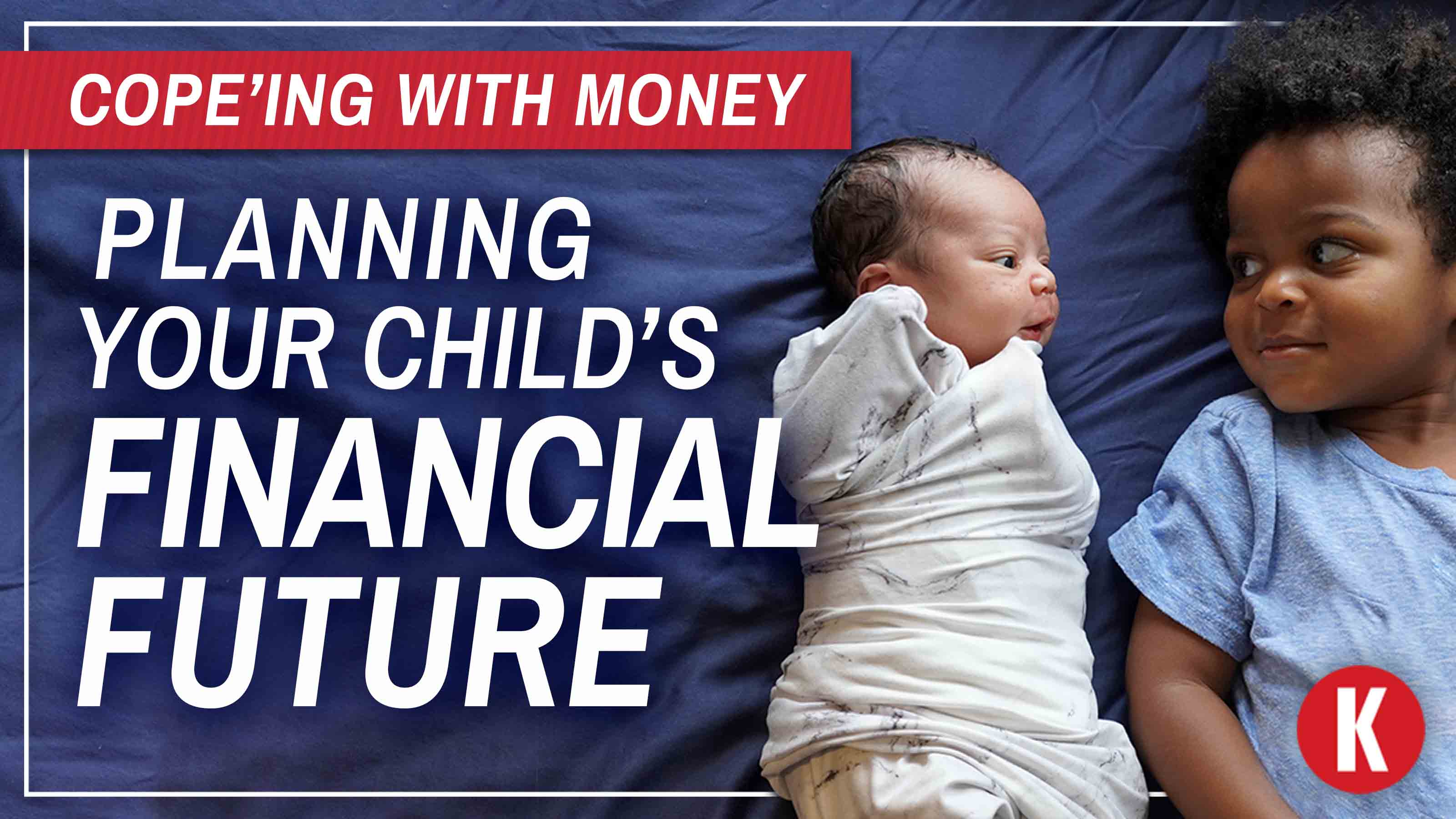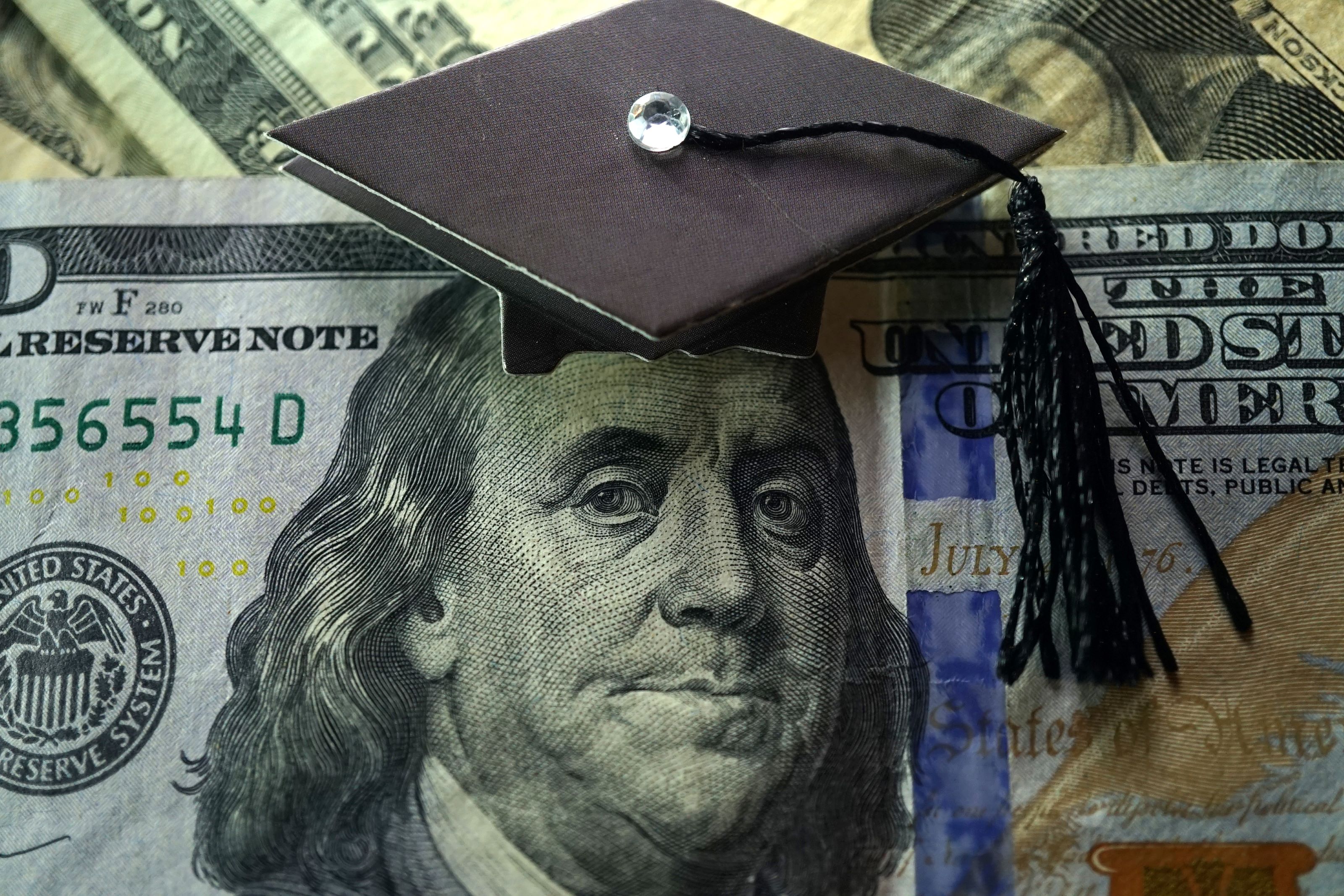The Tooth Fairy Is Leaving Less Under Pillows These Days
The average amount that the Tooth Fairy gives kids is down 10% from last year.

Uh-oh. Just what we need: another negative stock market indicator. This one comes from a surprising source—the tooth fairy. On average, according to the Original Tooth Fairy Poll, she is bringing $3.91 per tooth, down more than 10% from the previous survey, which is sponsored by Delta Dental Plans Association, a dental benefits provider. The group says its poll has tracked the movement of Standard & Poor’s 500-stock index for 12 of the past 13 years; the latest survey was taken between mid December and mid January, as the market was plunging.
Much like stocks, the tooth fairy’s generosity has been on a downward trend since last year. Visa’s annual Tooth Fairy survey, released last August, showed that children are receiving an average of $3.19 per lost tooth, down 24 cents from 2014.
Even in the wired age of social media, the tooth fairy visits 86% of homes with children, according to the Delta Dental survey. Parents may also be interested in a list of the sprite’s vital stats:
From just $107.88 $24.99 for Kiplinger Personal Finance
Be a smarter, better informed investor.

Sign up for Kiplinger’s Free Newsletters
Profit and prosper with the best of expert advice on investing, taxes, retirement, personal finance and more - straight to your e-mail.
Profit and prosper with the best of expert advice - straight to your e-mail.
--She’s most generous in the Northeast, according to both polls, bringing $5.27 per tooth in the Delta Dental poll and $3.56 in the Visa survey.
--She’s most likely to visit homes between 10 p.m. and midnight (Delta Dental).
--Moms are most likely to be enlisted as the fairy’s helper, according to Delta Dental.
--But Visa reports that dads are more indulgent, leaving $3.63 on average versus $2.87 for moms.
--Nearly 20% of respondents in the Visa survey reported that the tooth fairy left a $5 bill, and 5% said she left $20 or more.
--Nevertheless, $1 per tooth is still the most popular amount, reported by 32% of parents who responded to the Visa survey.
Guidelines for giving. Aside from satisfying parents’ curiosity (and making a cute story), each poll has an ulterior motive. Delta Dental wants to encourage good oral health—and is pleased to report that, aside from cash, 40% of kids received toothbrushes and 33% got toothpaste. Visa thinks the tooth fairy’s visit is an opportunity for parents to talk with children about saving and budgeting. To help families figure out how much the Tooth Fairy should give based on households similar to theirs, Visa offers a free app for Apple and Android devices and a Facebook calculator.
Personally, I’m with the one-third of parents who give a buck per tooth. But here’s a thought. February 28 is National Tooth Fairy Day, and it comes hard on the heels of America Saves Week. If you prefer to give $3 or more, how about earmarking a dollar for kids to spend as they wish and the rest to save in a special tooth bank? When your child has lost all 20 baby teeth, he or she will have at least $40 stashed away. And because the process could take a while, you could even add extra for interest. A nice little incentive to save.
Tips from parents. Remember, though, that the purpose of the tooth fairy is not just to enrich your children but also to continue a popular custom and mark a special occasion. So consider using a little creativity. Over the years of writing this column, I’ve collected a number of tooth-fairy tales. “In addition to money, the tooth fairy brought pixie dust (silver glitter) when she came for my son’s first tooth,” writes one parent. Says another, “I leave $5, two new toothbrushes that light up, and a travel-size toothpaste and mouthwash (the fairy is kind of tiny).”
Profit and prosper with the best of Kiplinger's advice on investing, taxes, retirement, personal finance and much more. Delivered daily. Enter your email in the box and click Sign Me Up.

Janet Bodnar is editor-at-large of Kiplinger's Personal Finance, a position she assumed after retiring as editor of the magazine after eight years at the helm. She is a nationally recognized expert on the subjects of women and money, children's and family finances, and financial literacy. She is the author of two books, Money Smart Women and Raising Money Smart Kids. As editor-at-large, she writes two popular columns for Kiplinger, "Money Smart Women" and "Living in Retirement." Bodnar is a graduate of St. Bonaventure University and is a member of its Board of Trustees. She received her master's degree from Columbia University, where she was also a Knight-Bagehot Fellow in Business and Economics Journalism.
-
 What’s the New 2026 Estate Tax Exemption Amount?
What’s the New 2026 Estate Tax Exemption Amount?Estate Tax The IRS just increased the exemption as we enter into a promising tax year for estates and inheritances.
-
 The Economy on a Knife's Edge
The Economy on a Knife's EdgeThe Letter GDP is growing, but employers have all but stopped hiring as they watch how the trade war plays out.
-
 Reading, Writing, and Personal Finance
Reading, Writing, and Personal FinanceRaising Money-Smart Kids A growing number of high schools are adding personal finance to their curriculum.
-
 How to Motivate Kids to Save
How to Motivate Kids to Savepersonal finance It's not easy teaching your child to save. Here are some ways readers have incentivized their kids to keep track of their finances.
-
 Planning Your Child's Financial Future
Planning Your Child's Financial FutureFeature Atlanta Falcons linebacker and Kiplinger contributing editor Brandon Copeland talks about ways to set your child up with a strong financial foundation.
-
 Five Best Financial Gifts for Grandkids
Five Best Financial Gifts for Grandkidsgift ideas If you've been giving your grandchildren cash for the holidays, now is a good time to rethink that. There are other financial gifts that will help teach them the value of money and set them up for life.
-
 How to Talk About Money With Your Children
How to Talk About Money With Your ChildrenBrandon Copeland Atlanta Falcons linebacker and Kiplinger contributing editor Brandon Copeland discusses how to engage with children on spending, investing and other money topics.
-
 Readers Share Tips for Raising Money Smart Kids
Readers Share Tips for Raising Money Smart KidsRaising Money-Smart Kids What's the right age for a child to have their own credit card? Opinions vary.
-
 Best Banks for Parents With Kids
Best Banks for Parents With KidsRaising Money-Smart Kids Kids learn the ropes of banking with dedicated checking and savings accounts from these online banks, and parents have impressive options for their own needs, too.
-
 What Kids Need to Know About Finances
What Kids Need to Know About FinancesWomen & Money In a digital world, it's even more critical to teach children how to handle cold, hard cash.